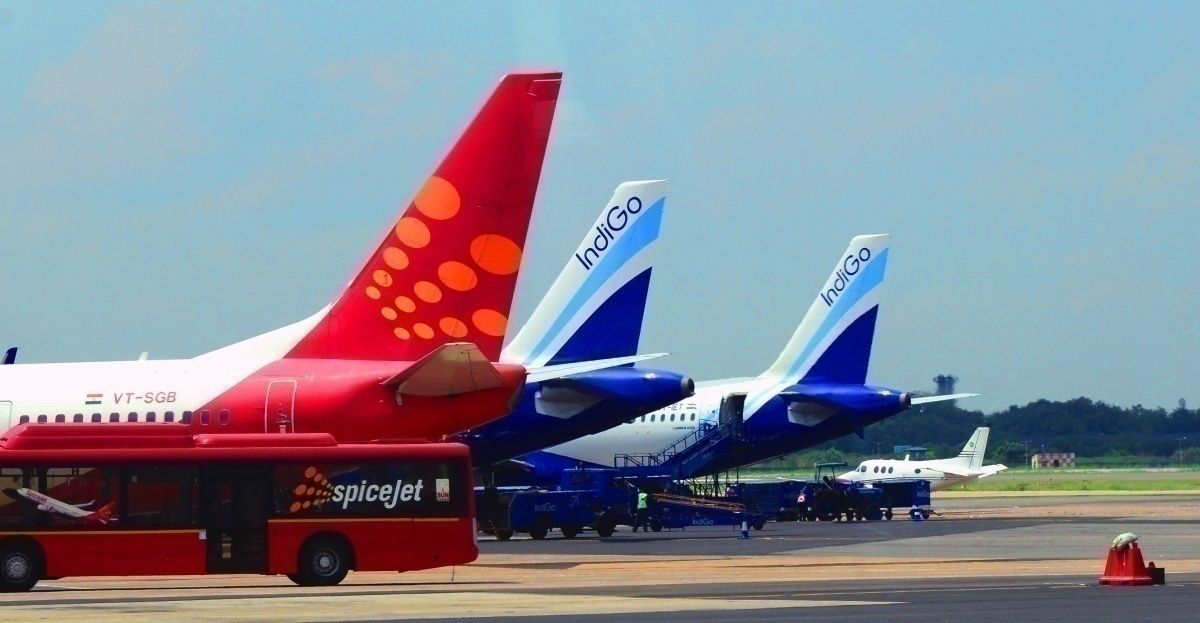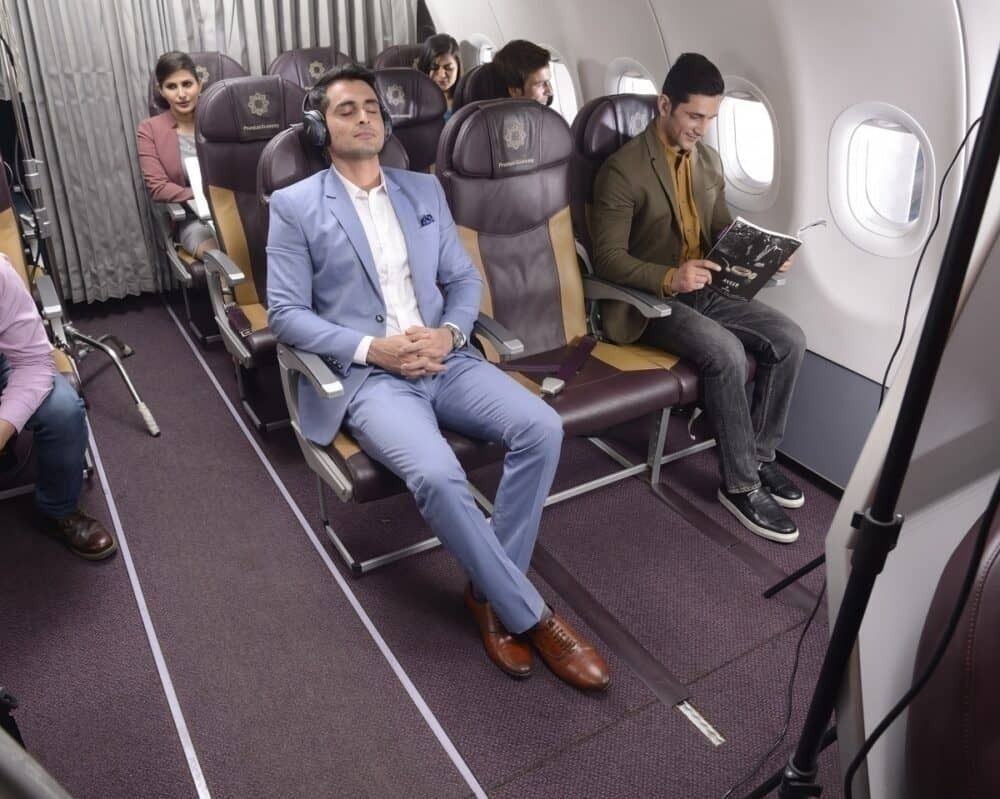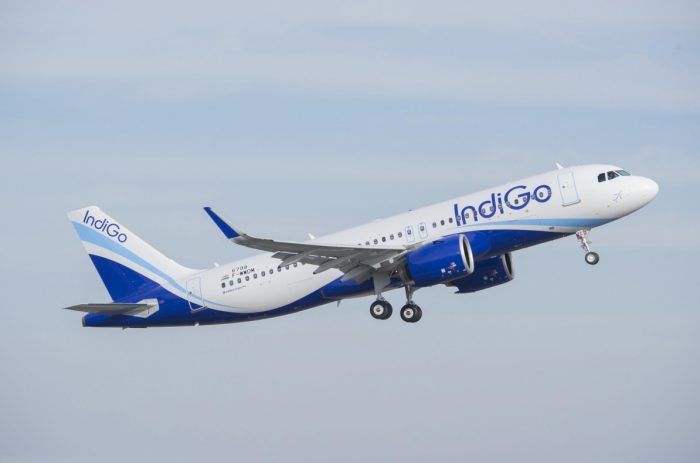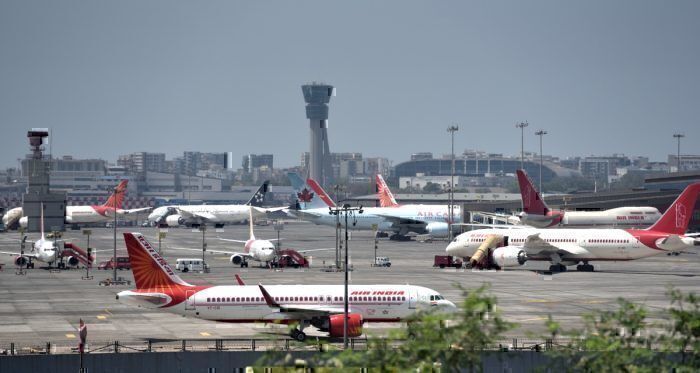While most of us wait for the day we can jump on a plane once again, the experience might be very different after this pandemic. According to a draft plan by India's Directorate General of Civil Aviation (DGCA), airlines may have to fly with 40% of their seats empty and passengers will see amenities such as duty-free shopping, and more, removed. Let's find out more about the possible rules and what they mean for the industry.
Safety first
Most of the DGCA's regulations aim to ensure travelers have the least chance of contracting the coronavirus onboard the flight. In order to meet this goal, the regulatory body is planning a number of measures:
- All middle seats will be left empty, in order to create a safe distance between passengers.
- The last three rows of each flight will be empty, to isolate any passengers who show symptoms onboard.
- Minimizing on-board service to reduce contact between passengers and crew.
- Meals will be pre-packaged and kept at passengers' seats prior to the flight.
- Flights will board three rows at a time, to prevent any crowding.
In addition to the measure on board the aircraft, the DGCA is also planning guidelines for airports. This will include a two meter distance between passengers in security and check-in lines, mandatory temperature checks for all passengers, and closure of popular shops, such as duty-free, to prevent crowding.
The impact on airlines
To better understand the impact of this policy on airlines, let's take the A320 for example, the most popular aircraft in India. In a standard, all-economy configuration, the A320 seats 180 passengers. With all middle seats and the last three rows blocked, airlines will only be able to sell 108 seats. This would mean 40% of seats cannot be sold and the maximum load factor is just 60%.
Generally, airlines need around 85% of a flight to be full in order to remain profitable. However, with only 60% of seats being sold, ticket prices could soar as airlines try to break even. Airlines could even choose to leave some aircraft grounded since less popular routes become unviable with reduced seats. A government bailout will be critical to ensure airlines are able to meet their financial obligations with these restrictions.
When will all of this end?
While there is no set timeline for when, or if, airlines can return to normal service, the DGCA has indicated it will wait for a go-ahead from the World Health Organization and the government before lifting restrictions. This go-ahead could take a while to come, a few months at least, until which we'll likely continue to see limited flights in the sky. Until then, restrictions such as these will be key to ensuring air travel is still possible and people are able to return home or travel for critical work.
The rules are also similar to what carriers around the world, such as American and Delta, have begun implementing in order to contain the virus. While these policies aren't perfect, and will likely need to be paired with a bailout, these new rules will definitely help put passengers at ease about air travel and help airlines resume services soon. Policies such as this one could be the first of many to help restore the aviation industry.




